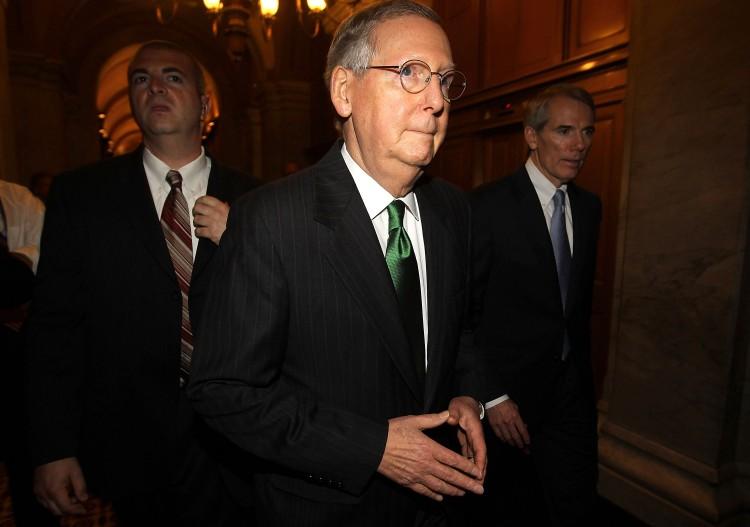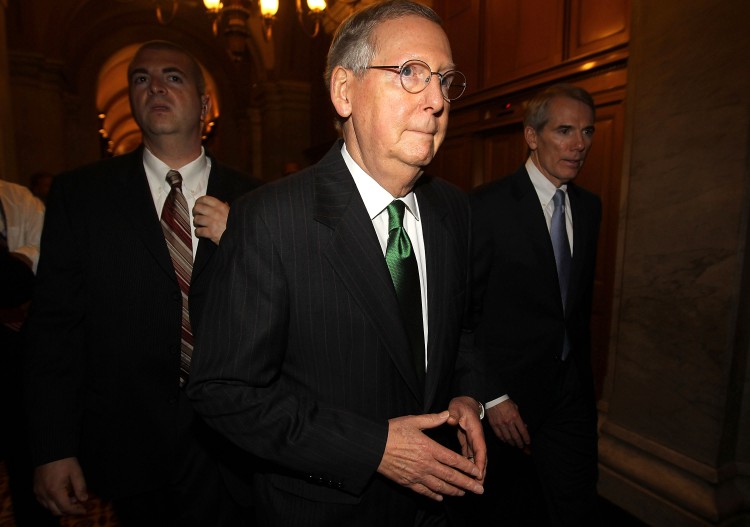McConnell’s Option Offers Lawmakers A Punt Position
A procedural move could give lawmakers and the president a way to get the nation’s debt ceiling increased without having to agree to much.
|Updated:
Reporting on the business of food, food tech, and Silicon Alley, I studied the Humanities as an undergraduate, and obtained a Master of Arts in business journalism from Columbia University. I love covering the people, and the passion, that animates innovation in America. Email me at andrea dot hayley at epochtimes.com
Author’s Selected Articles






